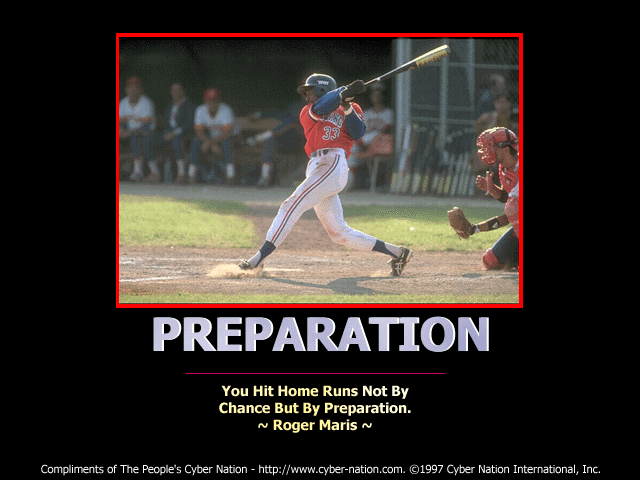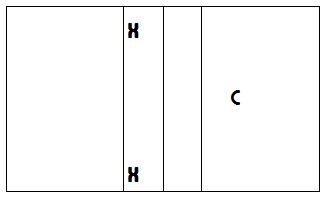Canadian volleyball players, whether they play for Team Canada or for other countries, write about their volleyball experiences every week. Whether you are a young player looking for inspiration to continue with your volleyball career, a coach looking to see how coaching works at a higher level, or a non-volleyball player who is just interested in volleyball, this site provides loads of real-life experiences. With plenty of volleyball players contributing to the blog from all over the earth you are bound to never get bored of this blog’s writing style!
Author Archive for
Team Canada Blog
The decision to wear ankle braces has, for the most part, been a personal choice not driven by any proof that they actually prevent injuries. That is until now. The American Journal of Sports Medicine (February 2008) has reported that ankle braces definitely do prevent ankle injuries.
“There were 797 ankle injuries during 811,710 NCAA practices or games from 1988 to 2005, translating to an injury rate of 0.98 for every 1,000 exposures. For the Penn players, there was just a single ankle injury during 13,500 games or practices during those seven seasons, for an injury rate of 0.07 per 1,000 exposures. Nearly half of the 132 Penn players in the study had suffered ankle injuries before starting to play college volleyball, Sennett and his team note.”
Go here to read the entire article.
Ankle braces or not, that is the question: Part 1
Ankle braces or not, that is the question: Part 2
The ASO (Ankle Stabilizing Orthosis) is the ankle brace I wear when I play volleyball. I like it because it doesn’t just provide support to the outsides of your ankles, it provides support for your entire ankle, which increases injury prevention. It is also great for rehabilitation because you can add and remove the plastic supports in the brace, allowing you to control how much support the brace gives you during your rehabilitation process. It is a reasonably priced ankle orthosis that gives you maximum support!
Check out the ASO website here!
Ankle braces or not, that is the question: Part 1
Ankle braces or not, that is the question: Part 3
Many volleyball players wear ankle braces to protect themselves from an injury or a re-injury. A common thought among those that do not wear ankle braces or those who only wear them during rehab is that bracing weakens your ankles. I’m here to tell you that ankle braces do not weaken your ankles.
Dave Jones, who plays for VC Leipzig e.V. in Germany and who posts at Volleyball Base, dug into this question a little bit further and found “that bracing will actually work to enhance your proprioceptive input [sensory feedback for muscle control] , not override it”(Volleyball Base, Jan. 14, 2008).If you still aren’t convinced that ankle braces do not weaken your ankles, check out Dave’s complete article (cited sources intact) here.
Ankle braces or not, that is the question: Part 2
Ankle braces or not, that is the question: Part 3
Tournament Preparation
As a coach preparing for a tournament I feel that I do more preparation than I ever did as a player. As a player, I never ensured I went to bed early or ate a good meal the night before a big tournament. As a coach, I always ensure that I go to bed at a reasonable time and that I am as mentally prepared for the next day as possible.
The evening before a tournament begins, I sit on the couch going through as many situations as possible in my head that could arise. I think about line-ups and rotations. I think about witty things to say in time-outs. Back when I used to play volleyball I know I never used to put this much preparation into tournaments…but I can only imagine what my team(s) could’ve accomplished had we paid more attention to tournament preparation!
Go here for some great ideas on how to prepare for tournaments. This example is preparing you for a pool tournament…but the fundamentals are the same! Take a look and apply it to your game or your team!
Fundraising success!
We did our firewood fundraiser today and we were quite successful! We managed to sell 13 loads of firewood which accumulates to $910. In total, it took us less than 2 hours to complete. I’d say it was a successfully efficient fundraiser seeing as we had no up-front costs, it took us under two hours to complete, and we raised over $900.
The inmates at our local jail haul and chop all of the wood we took today and they give it to us for free. I recommend talking to your local correctional center and seeing if they have fundraisers available for local not-for-profit organizations. Many times, correctional centers have their inmates do hard labour in their spare time and they may have similar programs available in your community.
Through this fundraiser we’ve raised more money than was required of us and will now be able to pay for things such as team dinners and outerwear for our players. All in all, we had a great time (followed by some yummy hot chocolate) and no longer have to worry about our volleyball costs for the rest of the season! Hooray!
Fundraising
Being a part of a not-for-profit organization is really hard some days! Our volleyball club runs solely on registration fees and fundraising dollars raised each season. This works out great for some teams and not so great for others. I’m fortunate enough to have a team that has been creative about fundraising. We’ve organized a fundraiser through our local jail. The jail gives us truck loads of an assortment of chopped wood for free and we can sell them for whatever we want. We’ve decided to sell each truck load for $70. I’ve asked each girl on my team to sell a minimum of one load and a max of two loads. If successful this fundraiser will raise a minimum of $840 and a max of $1,680. This money lifts a tremendous weight off of our team’s shoulders – allowing us to focus more on volleyball. I hope that future years show more support through government funding than the previous. Sports play such a huge role in a healthy society and the more you can focus on the sport and not on fundraising for the sport, the more healthy the experience!
My assistant coach came up with this drill (hence the name) and it is great for getting your team to move their feet and get to the ball quickly. The great thing about this drill is that there are many variations, and you can make variations up as you go along!
1. Start with a line of athletes on both of the side-lines of the court (the athletes in the front of the line laying on the bellies) and the coach in the center of the court across the net.
2. As soon as the coach slaps the ball, 1 of the 2 players on their belly gets up and runs across to the sideline on the opposite side of the court as they started on and then back to the center of the court (If the athlete was in the line on the left side-line of the court – they will run to the right sideline, if the athlete was in the line on the right side-line of the court they will run to the left sideline). The coach will toss/hit a ball over the net as soon as the athlete touches the side line, but before they reach the center. The objective of this drill is to make the athlete move their feet quickly and get under the ball before they contact it. Once the athlete has finished the drill the coach will slap a ball and a girl from the other line will run through the drill. The drill continues with the athletes alternating between lines for as long as the coach desires.
3. Once the athlete has begun to master getting to the ball you may increase the level of difficulty of this drill by tossing/hitting the ball to the opposite side of the court or tossing/hitting the ball deeper or shorter into the court to make them have to work a little harder at getting under the ball before contacting it.







